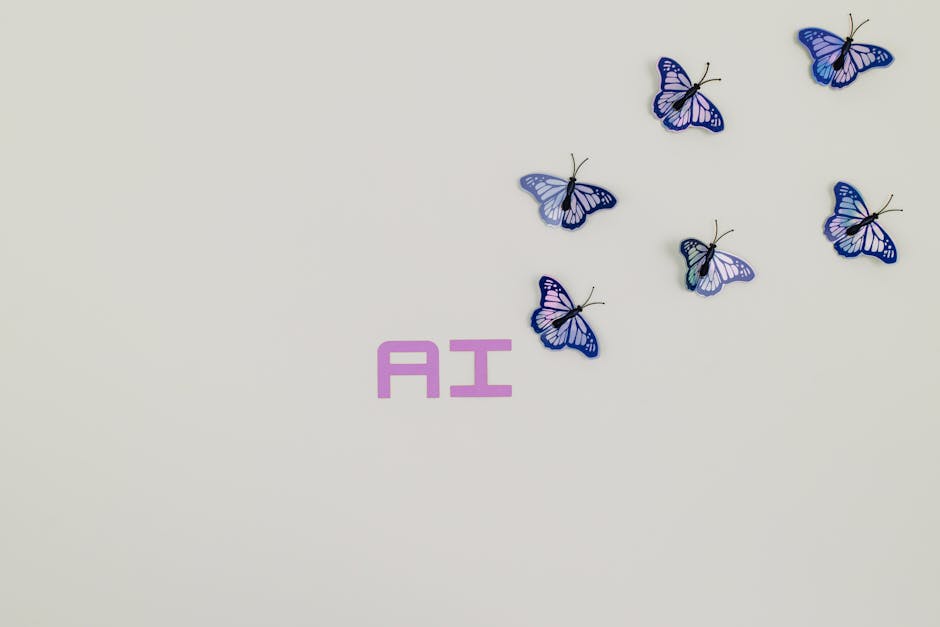
Digital Age: How Technology Has Revolutionized the Way Art Is Created and Consumed
Introduction
The advent of the digital age has dramatically changed the landscape of the art world. Artists now have access to sophisticated digital art tools that enable new forms of expression, while audiences enjoy unprecedented access to art through online platforms.
The Impact on Art Creation
Traditional art forms have been complemented and, in some cases, replaced by digital innovations. Digital art allows artists to experiment freely without the physical constraints of traditional media. Platforms like digital art platforms provide artists with tools to create, edit, and share their work globally.
The Transformation of Art Consumption
Gone are the days when appreciating art required a visit to a physical gallery. Today, online art galleries and virtual exhibitions make it possible for anyone with an internet connection to explore diverse collections from around the world. This shift has democratized access to art and broadened audiences.
The Future of Art in the Digital Age
Emerging technologies such as virtual reality (VR) and augmented reality (AR) are poised to redefine the way we experience art. Interactive and immersive experiences enable viewers to engage with art in innovative ways, fostering deeper connections with creative works.
Conclusion
The digital age continues to revolutionize the creation and consumption of art. As technology advances, so too does the potential for artists and audiences to connect in meaningful, innovative ways, shaping the future of the artistic landscape.
